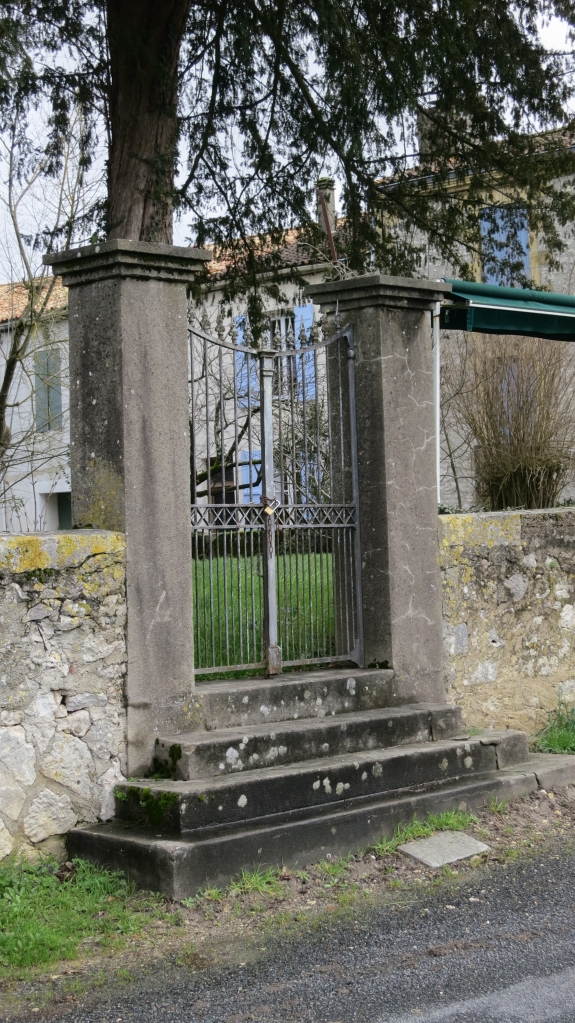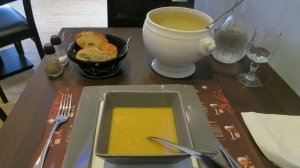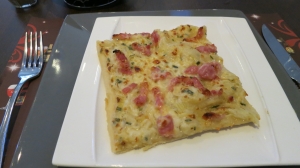Given her conviction that the members of this multi-talented family were so tightly knit Juliet Barker wrote her life as of the family rather than of individual members.
She makes the point that for the best part of a century and a half until her 1994 publication we had relied on Mrs Gaskell’s biased and misleading depiction of the Haworth parsonage; the father Patrick Brontë; and the brother, Branwell, which, with compelling evidence, she largely debunks.
As is my wont, I will attempt to avoid spoilers, by not revealing too many details, although I do show many of the chapter headings from my Weidenfeld & Nicholson paperback edition of 1995, complete with the author’s prose beneath them. It is most significant that the eldest two of the six siblings did not reach adulthood, and why and how they did not. The four who did were all competent artists as well as exceptional writers.
After the early death of his wife and mother of the children, Patrick did his best to bring up the siblings with the help of their maternal aunt. Barker contends that he was a far more caring parent than the one described by Gaskell.
Our author bases her work on letters, publications, and reported conversations of friends, relatives, and witnesses contemporary with the family members. She balances differing views and claims, whereas she contends that Mrs Gaskell’s informants are largely biased or untrue.
Juliet Barker sets the scenes that would have been familiar to the Brontës themselves and compares them to locations in the 1990s. Thus, “the fell hand of the twentieth century has destroyed most of the Dewsbury that Patrick Brontë knew. Its once proud and separate identity has been lost, swallowed up in the vast and characterless urban sprawl which oozes southwards from Bradford and Leeds. Today, its most dominant feature is the road system – a Gordian knot of flyovers, dual carriageways and underpasses apparently designed to prevent anyone either entering or leaving the town. The shabby remains of late Victorian municipal splendour are dwarfed by the concrete stanchions of modern bridges. Semi-derelict mills, empty warehouses and demolition sites are a depressing foretaste of the town centre. Dewsbury is a town which has lost its way; having obliterated its past it gives the impression it has no confidence in its future. Yet in December 1809, when Patrick arrived, Dewsbury was a distinct entity, a town with a venerable history and a prosperous future in the boom years of the late nineteenth-century wool trade.”
The historical context is also pinpointed by such as the Luddites battle against machines in 1812, the Battle of Waterloo in 1815, the coming of the railway in the 1840s, and the Great Exhibition of 1851.
The three surviving sisters and their brother Branwell spent their childhood years writing what Barker terms juvenilia in which they played out their own relationships in their creations of characters which continued into their young adulthoods, and “the attraction of such piquantly shocking characteristics in their creations was that they were so alien to the conventionality of life at the parsonage.” The Duke of Wellington’s victory at Waterloo made him a hero in these works given the fictitious character name.
Barker presents many balanced extracts from her source materials, including their groundbreaking novels, interpreting how the juvenile fantasies and the lives of the three major writers influence their mature works. In particular she considers the many contemporary attempts to identify the originals of many of the characters.
Relationships with publishers and reviewers are explored. In particular how they affect individual family members and how such relationships ebb and flow over the years, especially in an age when communication was mostly by long distance letter writing and subject to misinterpretation. People could not make an appointment by telephone, text, or e-mail; rather they may travel miles to turn up on a doorstep where they may or may not be welcome – indeed they may be too late to attend a deathbed or may not have known someone was even ill.


These are the front and back covers of my copy of the book. The portrait of the three sisters is by Branwell who erased himself from the central space.

The title page illustration is by Emily;





















these selected chapter headings. The gallery, where the individual artists are named, can be accessed by clicking on any one of the images.
I closed my posting of this review before we dined on Jackie’s wholesome shepherds pie, parsnips, mushrooms, carrots, broccoli, mange touts, garden peas, and spinach, with which she drank Diet Coke and I finished the Malbec.





